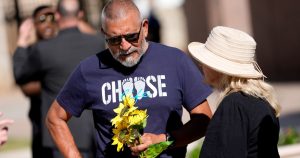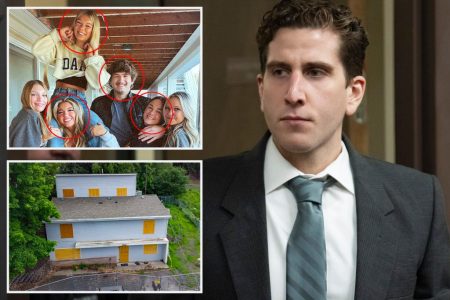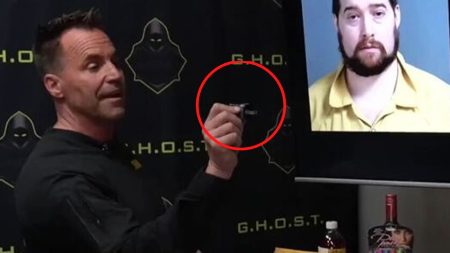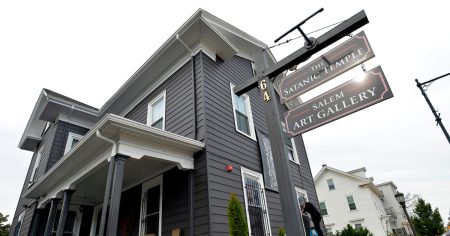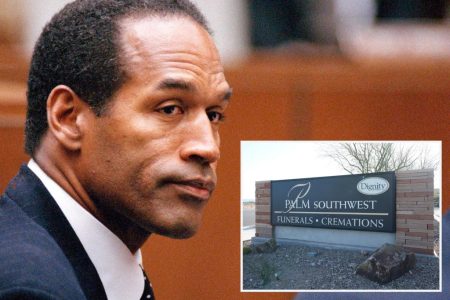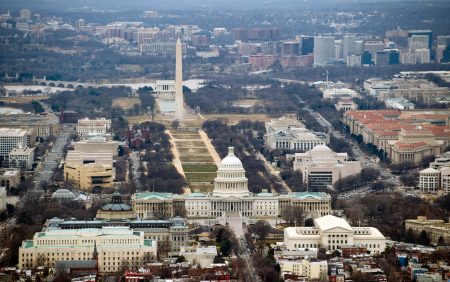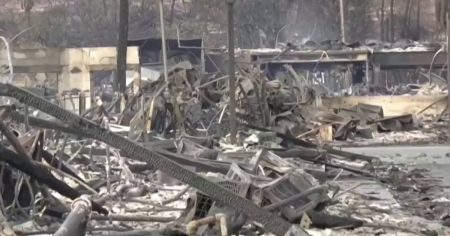The initial installment of a three-part investigation commissioned by Attorney General Anne Lopez provided more context about the poor communication and lack of preparation that occurred during the deadly Lahaina wildfires that destroyed much of Lahaina and killed at least 101 people. The 376-page report covered pre-fire preparations, warnings, staffing levels of key emergency response agencies, and provided a timeline of how the fire unfolded from August 7 to August 9. The investigation, conducted by Underwriters Laboratories Fire Safety Research Institute, did not include analysis or recommendations but focused on the events leading up to and during the wildfire.
Maui Mayor Richard Bissen admitted that he and other officials were slow to realize the severity of the situation as they were initially focused on a fire in Kula. Communication issues between the mayor and state and local officials led to a delayed understanding of the true extent of the disaster. In addition, Maui’s top emergency management official, Herman Andaya, who was in Honolulu at the time, was not asked to return to Maui, further hampering the response efforts. The lack of reliable communication channels and slow dissemination of information contributed to the challenges faced by emergency response teams in containing the fire.
The Maui Fire Department’s after-action report highlighted the need for better preparation and coordination in responding to wildfires. The report, compiled by the Western Fire Chiefs Association, included 111 recommendations and 17 challenges in preparing for and preventing wildfires on Maui and elsewhere in Hawaii. Some of the key takeaways included the importance of pre-positioning firefighting equipment, ensuring evacuation coordination between fire and police agencies, and addressing blocked evacuation routes that prevented people from escaping the fire. The report emphasized the need for improved planning and communication to effectively respond to similar emergencies in the future.
Maui resident Tiare Lawrence expressed disappointment in the lack of information about the root causes of the fire in the attorney general’s report. She highlighted longstanding issues that local communities had raised to authorities for over a decade, urging them to address the underlying problems that contributed to the catastrophe. Multiple lawsuits have been filed in the aftermath of the wildfire, with many pointing to Hawaiian Electric Co. as the cause of the fire due to a downed power line. The utility has denied responsibility, and the official cause of the fire remains under investigation by federal authorities.
The lack of sound from Maui County’s outdoor emergency sirens ahead of the blaze has also been criticized as a crucial mistake that hindered timely alerts to residents. The emergency management director at the time, Herman Andaya, resigned shortly after the fire amid backlash over the decision not to sound the sirens. The failure to properly sound alarms, coupled with blocked evacuation routes and traffic congestion, resulted in several people being unable to escape the fire, leading to tragic consequences in neighborhoods like Kuhua Camp.
Overall, the reports and investigations into the Lahaina wildfires underscore the need for improved communication, preparation, and coordination among emergency response agencies to effectively handle similar disasters in the future. Recommendations for better advance preparation, equipment positioning, evacuation coordination, and addressing blocked evacuation routes have been identified as crucial steps to prevent wildfires and mitigate their impact on communities. The ongoing investigations and lawsuits aim to determine accountability for the deadly fires and implement measures to enhance the safety and resilience of communities in the face of natural disasters.


